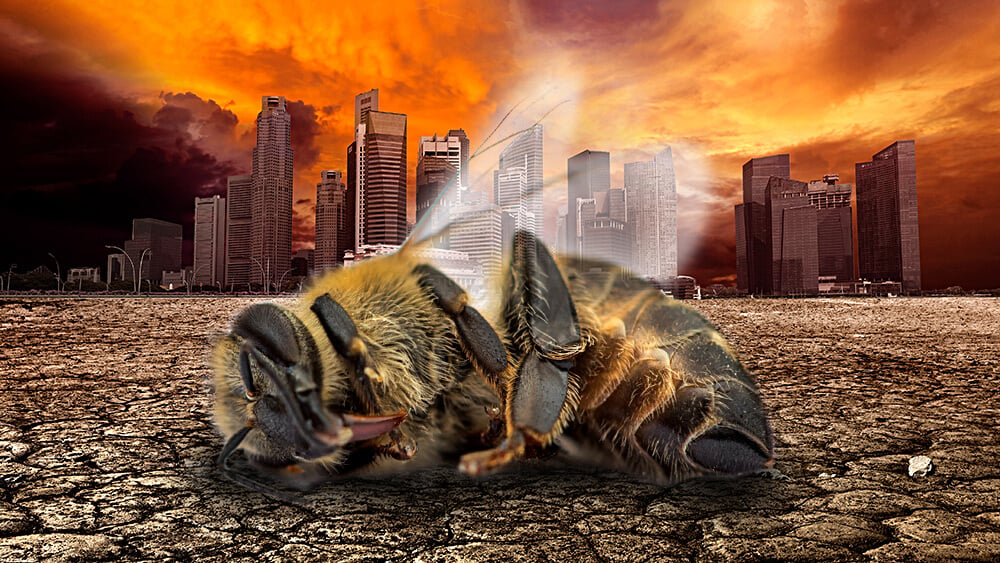David Wojick
|June 1st, 2020
| Climate|
If Greta Thunberg is an alarmist princess then Katherine Hayhoe is
the queen of climate alarmism, at least in the U.S. and Canada. She was
the de facto spokesperson for the atrocious third National Climate
Assessment. After that she started doing bogus “Here’s what is going to
happen to you” climate studies for various states and cities. Making big
bucks scaring people.
Last year Hayhoe delivered a doomsday forecast to the Province of
Alberta, Canada, and here our story begins. Alberta is home to the
Friends of Science Society (FOSS), one of Canada’s top skeptical
organizations. FOSS has now produced a 77 page takedown report,
shredding Hayhoe’s so-called study in detail. It is an elegant critical
work, with implications far beyond Canada.
The topic is technical but it is written for policy makers. The plain
English table of contents gives the flavor and shows the scope, with 37
succinct chapters. There are even chapters titled “
What is “Climate Change”?” and “
What is a Climate Model?” In the same vein Hayhoe’s report is arrogantly titled “
Alberta’s Climate Future” so the FOSS takedown is “
Facts versus Fortune Telling”.
There are lots of data issues, especially since the Hayhoe report
uses truncated trends. The FOSS rebuttal does a lot of longer term
analysis.
Another big issue is that the Hayhoe report is based on so-called
“downscaling” of hot climate models. This means taking huge crude
regional results and interpolating questionable local details. Hayhoe
bills herself as an “atmospheric scientist” but her Ph.D. work was on
downscaling, which is just computer science. It is fitting that she is
now in a university Political Science department, as her work is
certainly political.
What Hayhoe ignores is the fact that different global climate models
give wildly different regional projections. I recall when the first U.S.
National Climate Assessment came out; it used two major models, the
Canadian and the British Hadley. For the North Central region one
projected a 160% increase in rainfall, while the other gave a 60%
decrease. Swamp or desert! Obviously this junk is no good for policy
making.
Here is the Friends of Science condensed summary:
“This review shows how Hayhoe & Stoner misinform, how they did
not use all available information, how they cultivate alarm regarding
Black Swan events, while ignoring counter trends and evidence of cycles.
Their report style demonstrates a false, absolute certainty, of
knowledge, where due qualification of assumptions and other influences
can alter results as reported. Facts and evidence, not fortune-telling,
should guide public policy on climate and energy.”
Here are some more specific and telling FOSS findings:
“Hayhoe & Stoner’s “Alberta’s Climate Future” report fails in a
number of ways. The report ignores climate cycles and instead forecasts
continuing linear temperature increases based on global climate models,
even when local trends may be quite different. The report only
addresses trends from 1950, ignoring much warmer conditions in the past
in the Province.”
“More concerning, “Alberta’s Climate Future” is
based on the use of unreasonably unlikely scenarios, such as
Representative Concentration Pathway (RCP) 8.5. This computer simulation
is a very extreme projection of the future where the world goes back to
using more than five times the coal than is used today. Most mainstream
scientists believe the RCP8.5 scenario to be a critically flawed
benchmark for forecasting future climate.”
“Hayhoe & Stoner make bold and unverified statements such as: “extreme
high and low temperatures are projected to increase exponentially”
without justification. The report creates alarm with discredited
references to natural “Black Swan” events, ascribing human caused climate change as the driver of floods and fires.”
There is a great deal more criticism, which is worth looking at. FOSS really does a job on Queen Hayhoe’s so-called research.
The Friends of Science takedown is a model for critical analysis of
alarmist pseudoscientific hype. The deeply flawed Hayhoe report is not
unusual. On the contrary it is typical of climate alarmism — computer
based, on selected data, presenting speculative scary conclusions as
facts.
 David Wojick
David Wojick
David Wojick, Ph.D. is an independent analyst working at the
intersection of science, technology and policy. For origins see
http://www.stemed.info/engineer_tackles_confusion.html
For over 100 prior articles for CFACT see
http://www.cfact.org/author/david-wojick-ph-d/
Available for confidential research and consulting.



